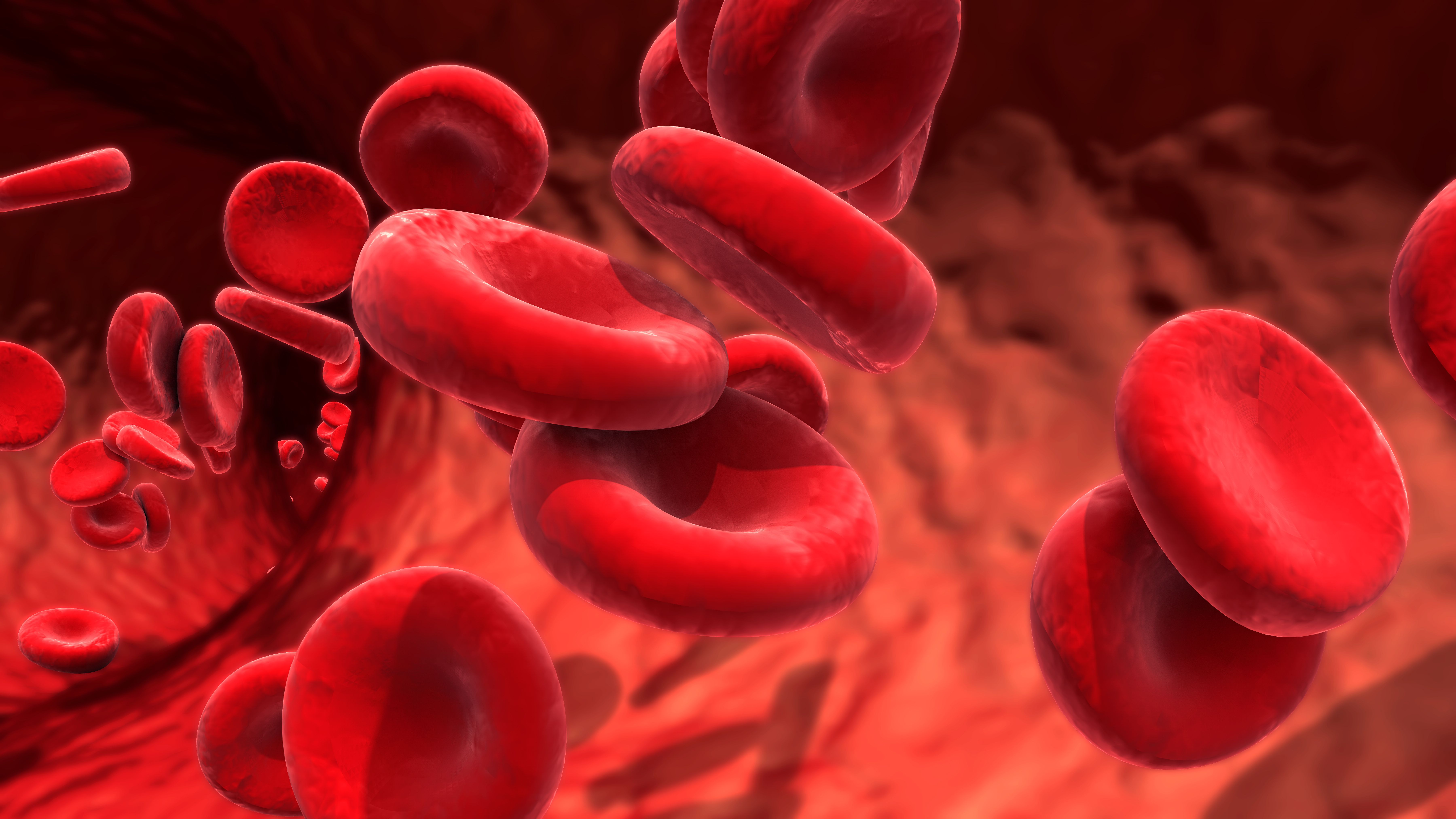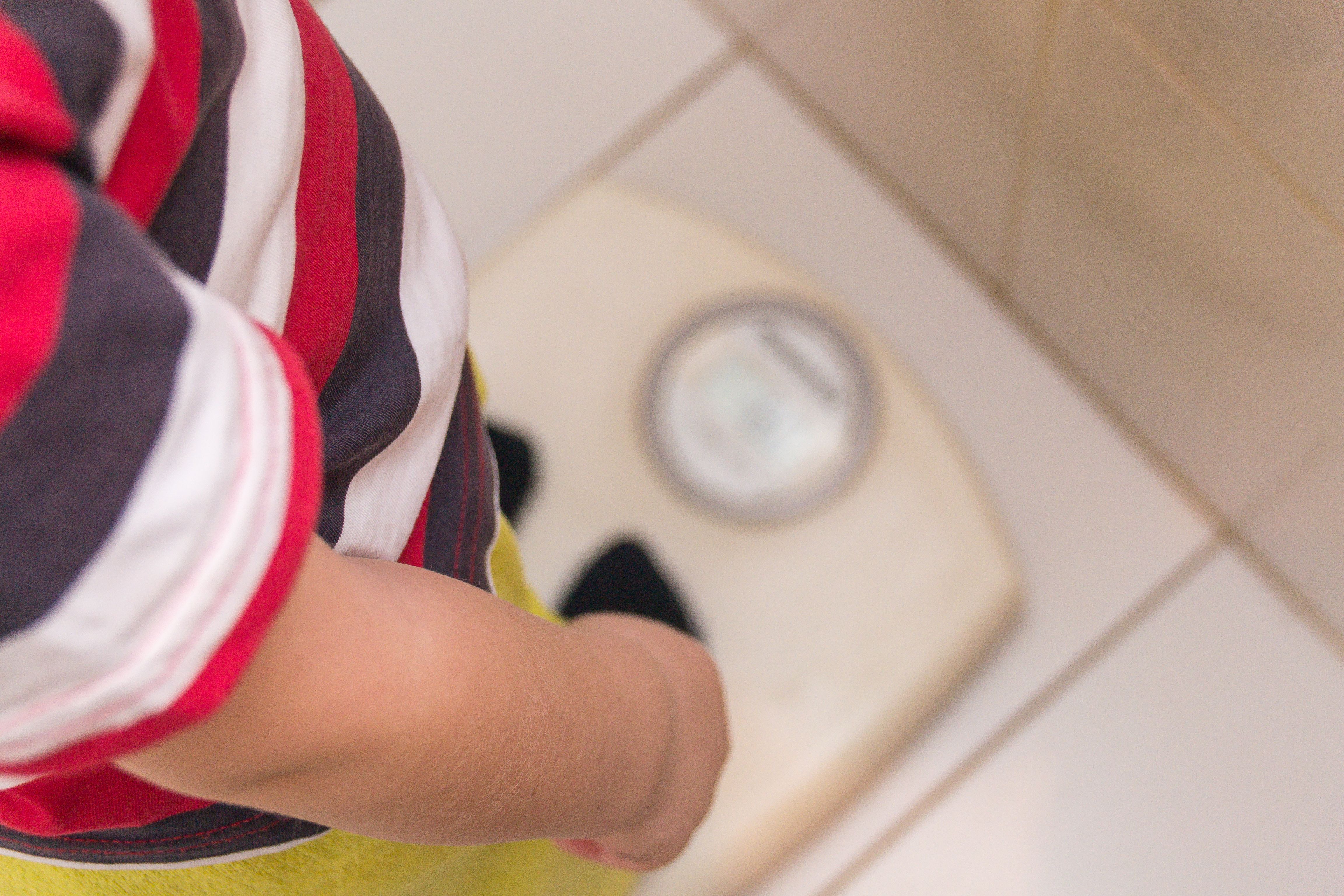Article
Blinatumomab Reduces MRD Prior to HCT in Pediatric Patients With B-ALL
Author(s):
Pediatric patients with relapsed or refractory B acute lymphoblastic leukemia (B-ALL) with minimal residual disease (MRD) who were treated with blinatumomab proceeded to hematopoietic cell transplant (HCT) without delay and had limited side effects.
When given prior to hematopoietic cell transplantation (HCT), blinatumomab reduces minimal residual disease (MRD) and results in favorable leukemia-free survival, toxicity, and overall survival (OS) in pediatric patients with relapsed or refractory B acute lymphoblastic leukemia (B-ALL), according to new study findings.
The findings have important implications as typically, patients undergoing HCT with MRD are at a significant risk of relapse, and it has remained unclear how to best eliminate MRD prior to transplantation. Approaches that have utilized chemotherapy have yielded mixed results and have added toxicity, including infection and organ injury, which can delay or prevent HCT.
Blinatumomab, which is approved for patients with relapsed or refractory B-ALL or with persistent MRD, is designed to recognize the lymphoid marker CD19 that is expressed by most B-ALL.
Out of 15 patients aged between 0 and 21 years included in the study, 14 were MRD negative following treatment with blinatumomab. Prior to treatment, the median MRD level was 0.57% of the mononuclear cell compartment.
The majority (80%) of patients, who were recruited from 5 Foundation for the Accreditation of Cellular Therapy—accredited pediatric HCT centers, received a 28-day course of blinatumomab at 15 μg/m2 per day between 2016 and 2018. Two patients had their initial treatment cycle shortened in order to start HCT preparative therapy, and the remaining patients received 2 courses of the treatment for 66 days.
According to the researchers, patients proceeded to definitive HCT therapy without delay, in some cases starting the myeloablative preparative regimen just a few hours after completing their blinatumomab infusion.
“In patients where the unrelated donor was not readily available, this approach provided the advantage of a low-toxicity therapeutic bridge while waiting for an alternative donor,” wrote the researchers.
All of the patients had successful neutrophil engraftment in the expected timeframe, with a median timeframe of 19 days. At 1 year, OS was 93.3%, and there was no transplant-related mortality in the first 100 days.
“Because blinatumomab activates the immune system and can result in cytokine release syndrome, there is some concern that any lymphocyte activation prior to HCT could negatively influence donor engraftment or perhaps cause greater rates of GVHD [graft-versus-host disease],” wrote the researchers. “However, all patients successfully engrafted and overall rates of grades 2 to 4 acute GVHD and chronic GVHD were low, despite alternative donors being the prominent stem cell source.”
In the 30 days following HCT, there was 1 patient who experienced any significant HCT-related complication. Two (14.3%) of the 14 patients who became MRD negative experienced grade 2 or 3 acuteGVHD, and 3 (21.4%) patients experienced extensive chronic GVHD.
There were 4 patients who experienced a relapse of CD19+ ALL at a median time of 355 days post-HCT, but all 4 patients successfully achieved subsequent remission following CD19+-direct therapy and sustained a complete response at the time of the report.
Reference:
Keating A, Gossai N, Philips C, et al. Reducing minimal residual disease with bliatumomab prior to HCT for pediatric patients with acute lymphoblastic leukemia [published online June 26, 2019]. Blood Adv. doi: 10.1182/bloodadvances.2018025726.

alloHSCT Yields Benefits in R/R AML Regardless of Leukemia Burden



